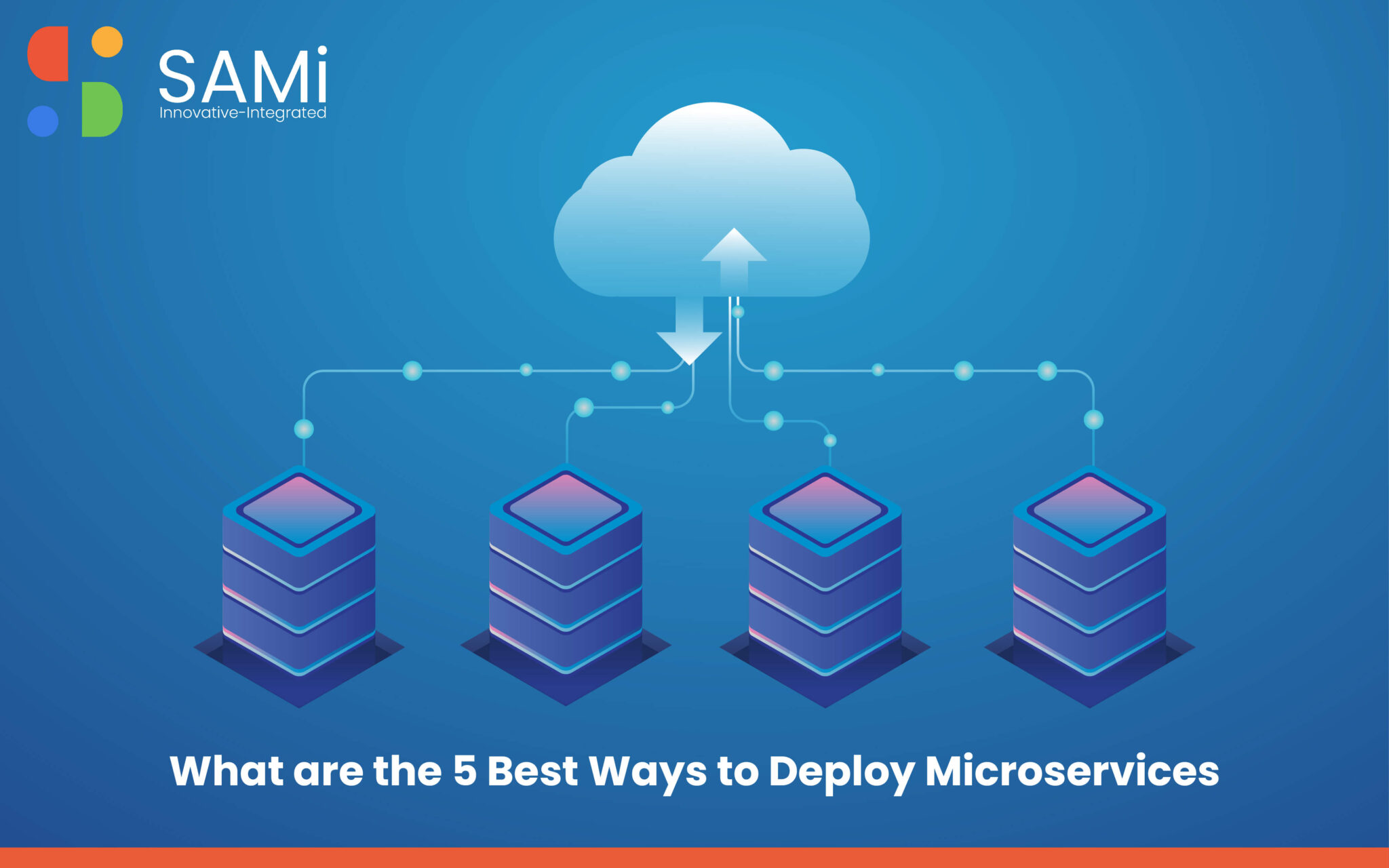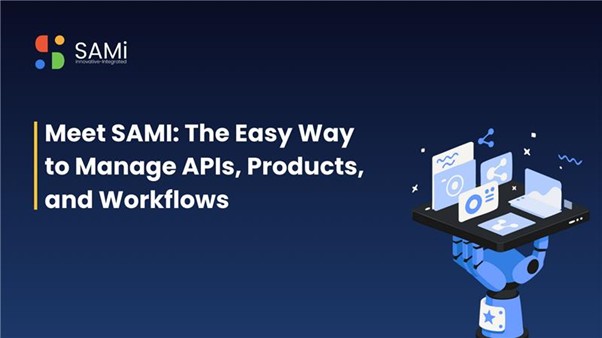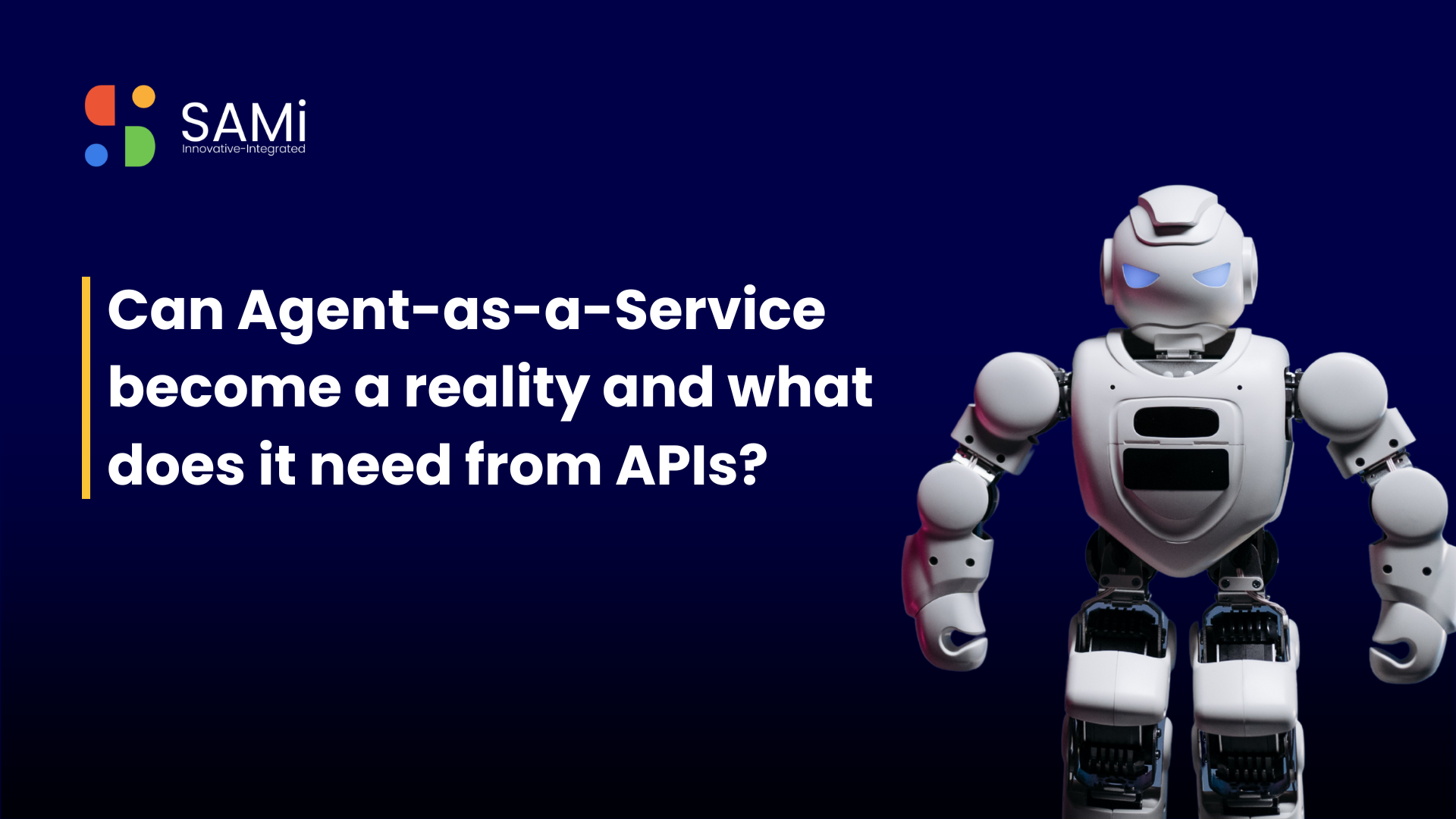Microservices architecture is a common application development strategy in which the application is created as a group of small, independent services that interact with one another with the use of APIs. This design offers several benefits, including scalability, adaptability, and ease of upkeep. However, implementing platforms can be difficult. This blog will walk you through the five best methods to install microservices.
Also Read: How to Create Microservices with REST API?
1. Containerization
The process of encapsulating an application and its components into a singular container image is known as containerization. Because the container image includes everything needed to operate the application, this method makes it simple to deploy microservices across various environments. Furthermore, containerization offers several advantages such as resource isolation, simple scalability, and version control.
Containerization is a popular method used for deploying microservices, as it allows developers to package each microservice into a separate container that can be deployed and executed independently. Containerization provides several benefits for microservices deployment, including:
- Isolation: Each microservice can run in its own container, which provides a high degree of isolation from other microservices and the underlying system. This makes it easier to manage dependencies and reduces the risk of conflicts between microservices.
- Scalability: Containerization makes it easy to scale individual microservices up or down as needed, without affecting other services.
- Portability: Containers are platform-agnostic, which means that they can run on any system that supports containerization technology. This makes it easy to move microservices between different environments, such as development, testing, and production.
- Efficiency: Containers are lightweight and require very less resources than virtual machines, which makes them more efficient.
Docker is the most widely used containerization tool. Docker files are simple to create and distribute to any environment, including local development devices, test environments, and production servers.
Also Read: How to Design Highly Scalable Systems With Microservices?
2. Kubernetes
Kubernetes is a popular open-source container orchestration platform that automates the process of deployment, scaling, and management of containerized applications. Kubernetes provides several features such as load balancing, automatic scaling, self-healing, and rolling updates.
Using Kubernetes to deploy microservices allows for easier application lifecycle management, as Kubernetes automates many tasks such as scaling, deployment, and failure recovery. Additionally, Kubernetes provides a high level of fault tolerance, making it a popular choice for production environments.
Here are the ways in which Kubernetes can be used for microservices deployment:
- Containerization: Kubernetes is built to work with containers, so it is an excellent platform for deploying microservices that are containerized. Containers are a lightweight, portable, and self-contained way to package microservices and their dependencies, which makes it easier to deploy and manage them.
- Service Discovery and Load Balancing: Kubernetes has built-in service discovery and load balancing capabilities that make it easy to manage the traffic between microservices. Each microservice is deployed as a separate service in Kubernetes, and Kubernetes automatically assigns a unique IP address to each service. This allows the microservices to communicate with each other using the IP address, and Kubernetes can load balance the traffic between them.
- Auto Scaling: Kubernetes can automatically scale the number of containers running a microservice based on the workload. This means that Kubernetes can increase the number of containers running a microservice during periods of high traffic and decrease the number of containers during periods of low traffic.
- Rolling Updates: Kubernetes can perform rolling updates of microservices without any downtime. Kubernetes can gradually replace the old containers with the new ones, ensuring that the microservices remain available during the update process.
- Resource Management: Kubernetes can manage the resources used by microservices, such as CPU and memory. This ensures that each microservice has the resources it needs to operate effectively, and it prevents any single microservice from consuming too many resources and impacting the performance of other microservices.
Overall, Kubernetes provides a powerful platform for deploying and managing microservices, making it an excellent choice for organizations looking to adopt a microservices architecture.
Also Read: 5 Best Ways to Deploy Microservices
3. Serverless Computing
Serverless computing is an approach where applications are developed and deployed without worrying about the underlying infrastructure. The cloud provider manages the infrastructure and the developer only needs to provide the code.
Serverless architectures are ideal for microservices because they provide high scalability, low cost, and reduced maintenance overhead. Moreover, serverless architectures allow for easy deployment and management of microservices.
AWS Lambda, Azure Functions, and Google Cloud Functions are popular serverless computing platforms.
The serverless platform manages the scaling, availability, and maintenance of the infrastructure, allowing developers to focus on the application code.
Serverless microservices architecture offers several benefits, including:
- Scalability: Serverless platforms can automatically scale to meet the demands of the application without requiring any intervention from the developer.
- Cost efficiency: Serverless platforms only charge for resources used, which can be more cost-effective than traditional infrastructure-based models.
- Reduced operational overhead: By delegating infrastructure management to the cloud provider, developers can focus on writing and deploying code, rather than managing servers and infrastructure.
- Flexibility: Serverless architectures are flexible and can be used with a variety of programming languages, making it easier to integrate with existing applications.
However, serverless architecture is not suitable for all use cases. Applications with long-running processes or high I/O operations may not perform as well with a serverless approach. Additionally, the event-driven nature of serverless architecture may require a significant redesign of existing monolithic applications to take full advantage of the benefits of serverless microservices deployment.
Also Read: Effective Ways to Achieve Legacy Application Modernization
4. Platform as a Service (PaaS)
Platform as a Service (PaaS) is a cloud computing model where a provider offers a complete platform for developing, deploying, and managing applications. PaaS providers manage the underlying infrastructure, operating system, and middleware, allowing developers to focus on building the application.
PaaS providers offer several benefits such as easy scalability, high availability, and reduced maintenance overhead. Additionally, PaaS providers offer several tools and services for building, deploying, and managing microservices.
Heroku, Microsoft Azure, and Google App Engine are popular PaaS providers.
5. Virtual Machines
Virtual machines (VMs) are a popular approach to deploying microservices. VMs provide a high level of isolation, which is important for security and performance reasons. Additionally, VMs allow for easy deployment across different environments, as the VM can be moved between environments without modification.
Using VMs to deploy microservices requires more management overhead than other approaches such as containerization or serverless computing. However, VMs provide a high degree of control over the underlying infrastructure, which can be important for some applications.
Conclusion Deploying microservices can be challenging, but there are several approaches that can make it easier. Containerization, Kubernetes, serverless computing, PaaS, and virtual machines are all viable options for deploying microservices. The choice of approach will depend on several factors such as scalability requirements, management overhead, and infrastructure requirements.





